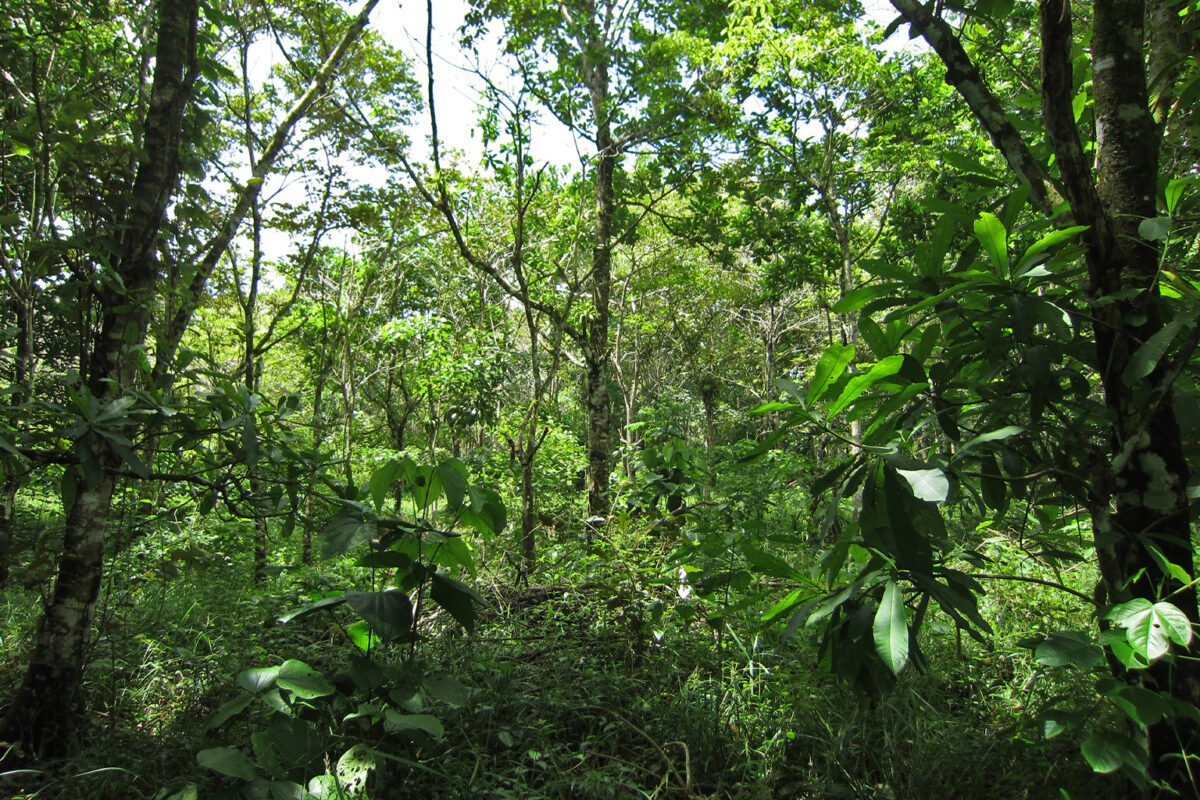For the last several decades, global biodiversity has been in crisis. Yet, as we celebrate International Day for Biodiversity on May 22, which commemorates the adoption of the Convention on Biological Diversity, a global treaty, we offer some recent Mongabay stories highlighting lessons from undoing past harms and conserving biodiversity for our planet’s future. What do forest restoration efforts ‘restore’? Mongabay founder Rhett Ayers Butler recently wrote about a review that warns how biodiversity is often an “afterthought” in forest restoration. The study authors say that “biodiversity will remain a vague buzzword rather than an actual outcome” unless restoration projects intentionally prioritize and measure it. Typically, tree-planting initiatives that plant a few different tree species dominate the agenda of forest restoration initiatives, the authors say. But while these offer carbon sequestration and benefits in the way of timber and food production, they often fail to focus on the recovery of a range of species or restoring ecological functions. There are other methods that help achieve both reforestation and improved biodiversity, the authors add. This includes natural regeneration, where native vegetation in forests is encouraged to grow back by various interventions including reducing competition, especially from invasive plants. The benefits of diverse forests Long-running reforestation experiments show that planting a variety of tree species can improve climate resilience, Sean Mowbray reported for Mongabay in April. One study from China that monitored various forest plots over six years found that forests with more diverse plant species had greater “temperature buffering” effect. For example,…This article was originally published on Mongabay
From Conservation news via this RSS feed


